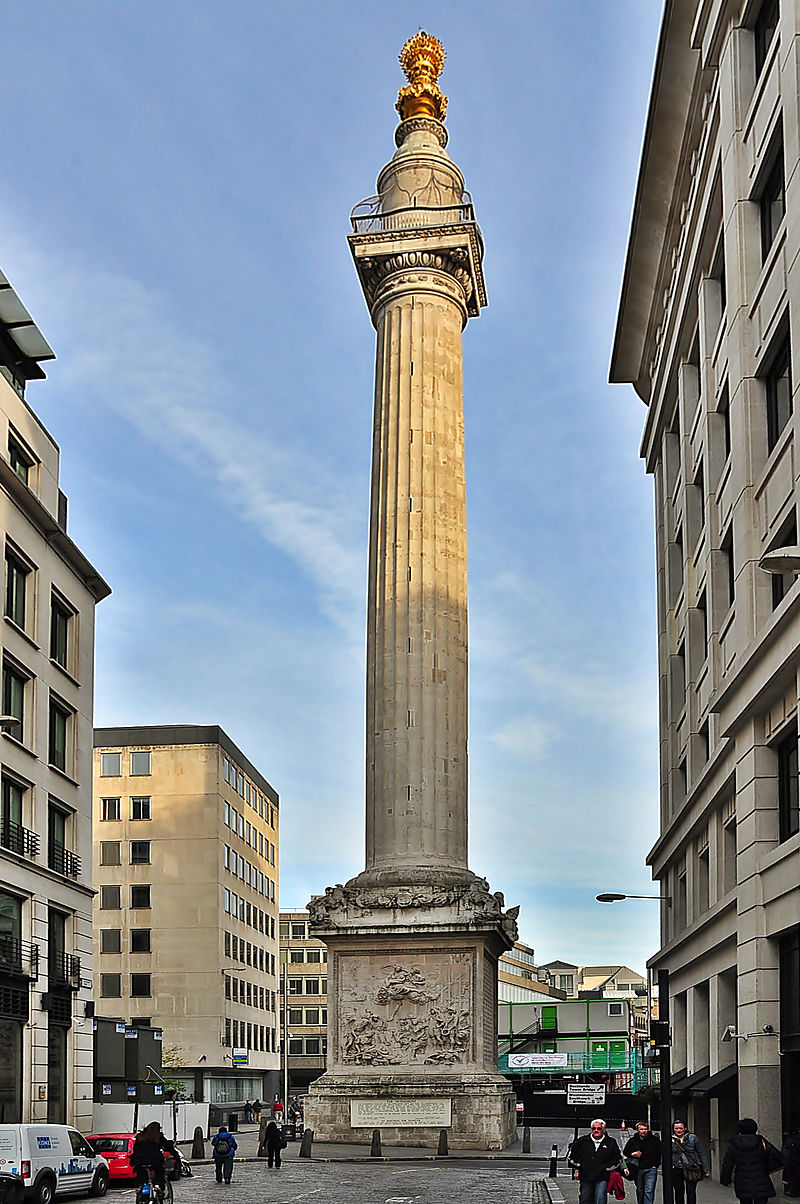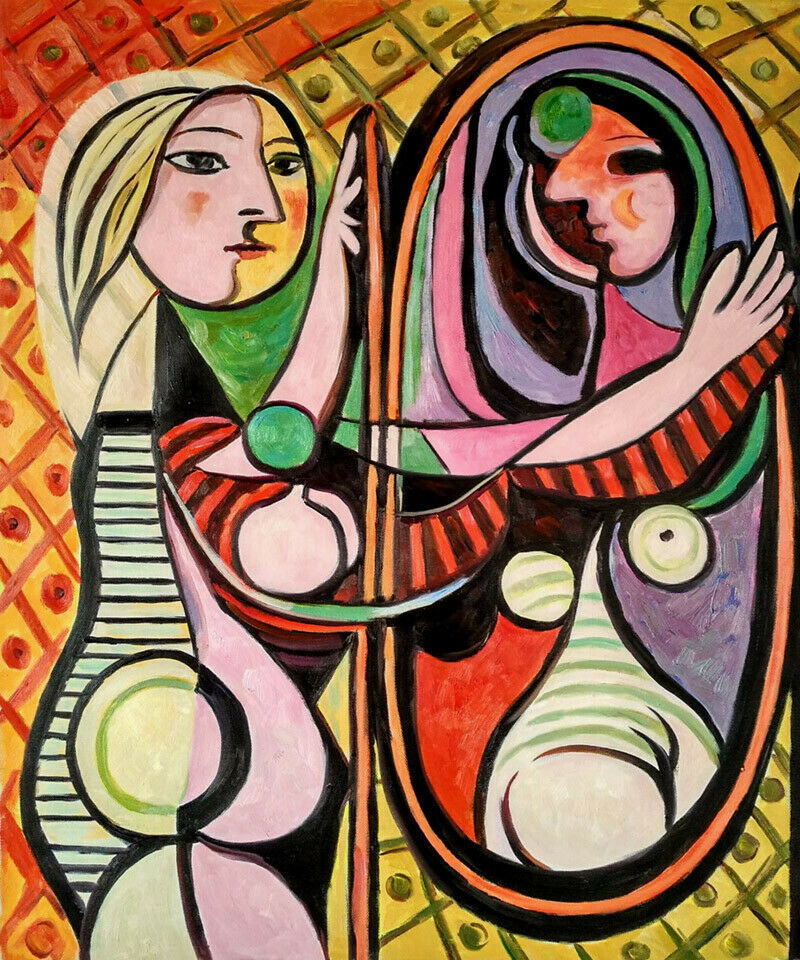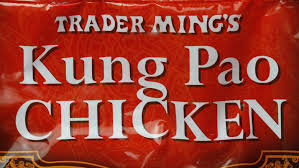REMEMBERING
“By convention, we erect most of our monuments to salute the heroic spirit, or acknowledge acts of sacrifice of statue-genic soldiers, police, and firefighters or illustrate national ideals, such as the Statue of Liberty or the Gateway Arch,” writes Jack Shafer in Politico, in an article that argues that we are unlikely to erect a monument to commemorate the victims of the Covid-19 pandemic. He is right, at least historically—there is no monument to the great influenza pandemic of 1918-19, although the recent trend, demonstrated by the 9/11 Memorial in Lower Manhattan, is to commemorate individual victims.








